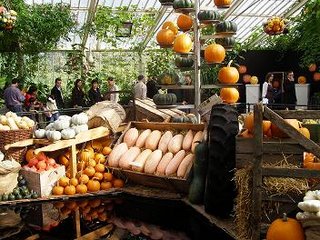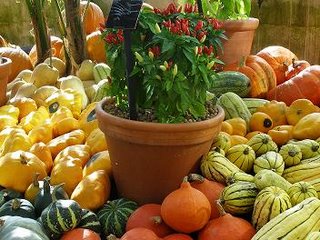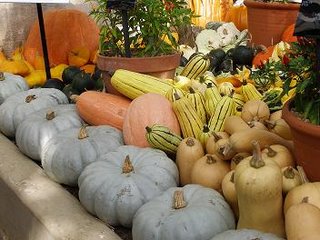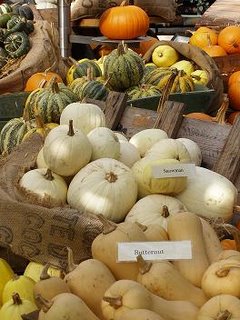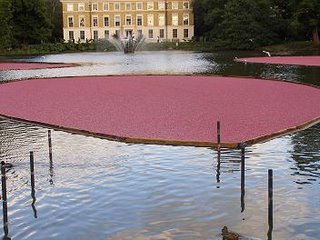My winter building programme is now well under way at the allotment - there are still a few crops in the ground (parsnips and cabbages, mainly) but the summer crops are being cleared away now and I'm turning my attention to developing the next quarter of the plot.
Before I start stripping turf off the new beds, though, I have to sort out my compost bins. I had two last year, which lasted me fine, but now the "current" pile is tottering woozily about three feet above the bin and I really need to extend!
So I've built myself a third bin. In true allotment spirit, I spurned the new wood I built my bins at home with, but I've kept the design similar. So I made a square of three pallets, knocked 2" poles through where the forklift arms go in the back one to keep it stable, and nailed them together as best I could (I did think of using corner brackets, but thought it was probably over-egging things).
Then I nailed two lengths of 2x2 timber up the front edges, and cut a length of gravel board to fit the front. Then I nailed the gravel board to the inside of the 2x2. This holds the whole thing square and provides a base for the next gravel board up, which sits loose on the top (held forward by the weight of the compost). You can put another 2x2 behind the gravel boards if you like to create a channel to run them down.
This makes a 4ft x 4ft compost bin which I find a really good size. I'm not an obsessive composter - that is, I'm not turning it every five minutes, since I don't have time and don't like the job anyway! So I content myself with turning every 6 months - the price I pay, of course, is that the compost takes longer to rot down (about a year, on average), and it's a "cold" heap so I can't kill weed seeds and the like. But since I still end up with excellent compost I make the compromise.
I spent this morning breaking my back turning heap 2 into the new compost bin (it's now ready to use and will go into the double-digging later this winter), then turning the half-rotted heap 1 into bin 2, which will be ready for use in the spring I'd say. And I've got a growing pile of new stuff to go in bin 1 - my suspicion is that I'll need a fourth compost bin before the winter is out. It's amazing how much you can make from just half an allotment - once I've got the whole thing up and running I'll have a small production line going!
So long, and thanks for all the fish
-
I have had a simply lovely time over the half-dozen years or so since I
started this blog. Since July 2009, when I began by writing rather shyly
about sala...
10 years ago
